Mzansi's Winter Wonders: Celebrating South Africa’s Wildlife in the Chill
This July, join us at Springbok Casino as we celebrate Mzansi's Winter Wonders, a tribute to the incredible wildlife of South Africa and their unique adaptations to the winter season. From the lazy lions to the dedicated penguin parents, these stories highlight the fascinating behaviors and survival strategies of animals during the colder months. Let's dive into the wild and uncover the secrets of South Africa's winter wildlife!
Lion Kings: The Lazy Yet Protective Fathers
In the heart of South Africa’s savannah, lion dads are the kings of relaxation, often sleeping up to 20 hours a day. But don’t be fooled by their laid-back lifestyle. When danger threatens their pride, these lazy kings transform into fierce protectors. With a mighty roar and powerful presence, they defend their family from intruders, proving that even the laziest dads have their moments of greatness.
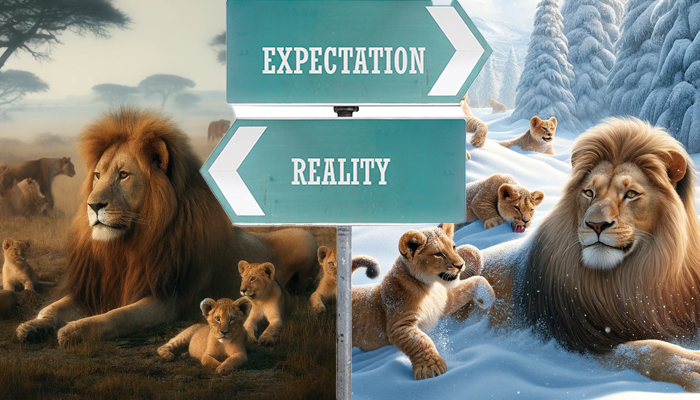
During the colder months, lions rely on their strong social bonds within the pride. The lionesses, being the primary hunters, use the cover of the longer winter nights to stalk their prey more effectively. Meanwhile, the cubs huddle together for warmth, demonstrating the strong family bonds that keep the pride thriving through winter's chill. Despite their chilled-out days, lion fathers play a crucial role in maintaining the pride's structure and safety, making them both feared and revered in the animal kingdom.
Elephant Adventures: Winter Wanders of the Giants
Winter in South Africa sees elephants embarking on longer treks in search of food and water. With the vegetation thinning out, these gentle giants rely on their excellent memory and social knowledge to locate resources. The matriarch, usually the oldest and most experienced female, leads her herd through the dry landscapes, utilizing her experience to find hidden waterholes and lush feeding grounds.
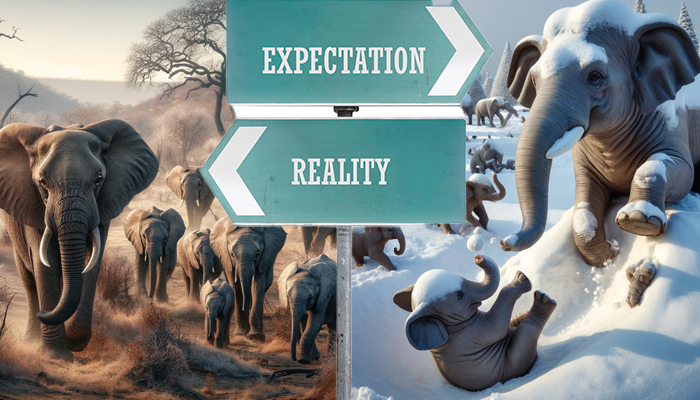
Elephant calves stay close to their mothers, learning the vital survival skills needed to navigate the harsh winter months. The herd's social structure is crucial during these times, with each member playing a role in the group's survival. Elephants are known for their strong family bonds, and their ability to communicate over long distances helps them stay connected and coordinated. These winter wanders highlight the resilience and adaptability of one of Africa's most iconic species.
Penguin Parade: African Penguins in the Cold
African penguins may not be in the icy Antarctic, but winter along South Africa’s coast brings its own set of challenges. These resilient birds rely on their dense feathers to keep warm as they swim in the chilly waters hunting for fish. Their streamlined bodies and strong flippers make them excellent swimmers, capable of diving deep to catch their prey.
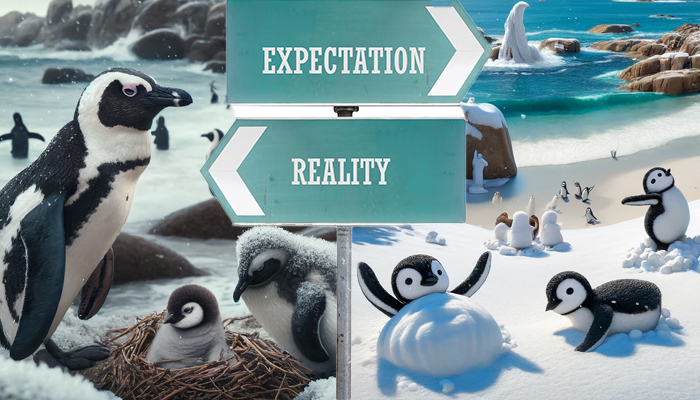
During winter, African penguin parents take turns foraging and caring for their chicks, ensuring they have enough food to grow strong. Their colonies are bustling with activity, as the young penguins learn to brave the cold and become adept swimmers. Despite the harsh conditions, these dedicated dads and moms work tirelessly to ensure the survival of their offspring, showcasing a unique aspect of animal fatherhood.
Rhino Resilience: Surviving the Winter Drought
Rhinos are built for resilience, and winter tests their ability to find food in the sparse bushveld. These mighty herbivores rely on their strong sense of smell to locate the last remnants of edible plants. As water becomes scarcer, they often travel longer distances to find suitable drinking spots, sharing these resources with other wildlife.

During the colder months, rhinos can often be seen visiting waterholes more frequently, ensuring they stay hydrated. Their tough, thick skin provides some insulation against the cold, but their survival depends heavily on the availability of water and food. Rhinos are known to wallow in mud to protect their skin from parasites and the sun, even in winter. This rhino resilience highlights their incredible adaptability and strength in facing the challenges of the dry season.
Jackal Jaunts: Hunting Strategies in the Cold
Black-backed jackals are masters of adaptability, thriving even as temperatures drop. In winter, they change their hunting patterns, taking advantage of the longer nights to catch unsuspecting prey. These cunning creatures are known to follow larger predators, scavenging leftovers, but they are also skilled hunters in their own right.
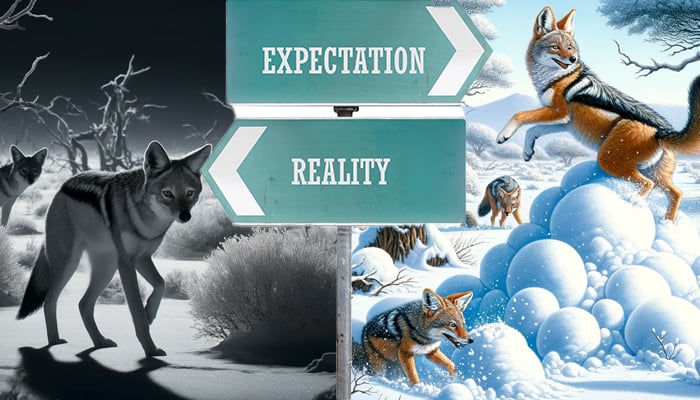
Jackal pairs often work together to hunt, showcasing their cooperative nature and ensuring their family’s survival. They communicate using a variety of vocalizations, helping them coordinate their movements and keep track of each other in the dark. Their ability to adapt their diet and hunting strategies to the changing seasons makes them one of the most versatile predators in the South African wilderness.
Eagle Eyes: Raptors on the Prowl
Winter skies over South Africa are patrolled by eagles and other raptors, whose keen eyesight and hunting prowess come to the fore. With less foliage, spotting prey becomes easier, and these majestic birds take full advantage. Eagles are known for their powerful talons and sharp beaks, which they use to catch and kill their prey swiftly.
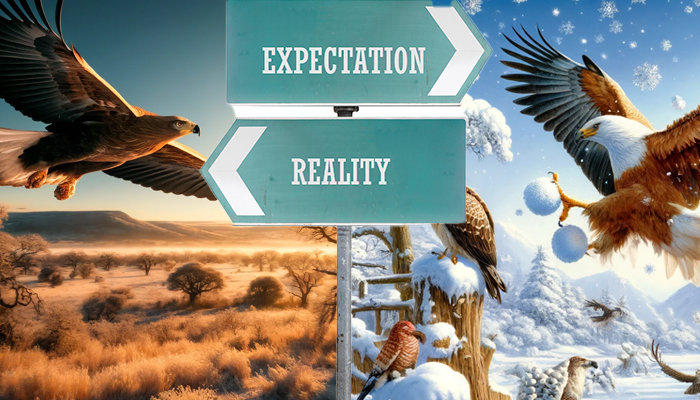
Eagle pairs use the winter months to strengthen their bonds, often seen soaring together and performing aerial displays. Their impressive nests, often built high up on cliffs or in tall trees, provide a safe haven for their young against the cold. These nests, known as eyries, are typically reused and added to each year, becoming massive structures over time. Eagles' watchful eyes and formidable hunting skills make them top-tier predators during the winter months.
Meerkat Mob: Teamwork in Tough Times
Meerkats are the epitome of teamwork, and winter is no exception. These small but social creatures rely on their burrows to stay warm and safe from predators. Above ground, they take turns keeping watch while the rest of the group forages. Their communal lifestyle ensures that everyone is well-fed and protected, making the most of the resources available.

In winter, meerkats dig deeper and more complex burrows to avoid the chill. Their intricate tunnel systems provide warmth and safety, allowing them to huddle together during cold nights. Meerkat mobs are known for their playful behavior, but they are also highly disciplined and cooperative when it comes to survival. Their teamwork and social bonds are crucial in getting through the tough winter months.
Kudu Krewe: Graceful Grazers of the Winter Bush
Kudus, with their striking spiral horns and graceful movements, adapt to winter by shifting their grazing habits. These browsers follow the growth of shrubs and trees, seeking out tender leaves and shoots. Their long legs and necks help them reach higher branches that other herbivores can't access.
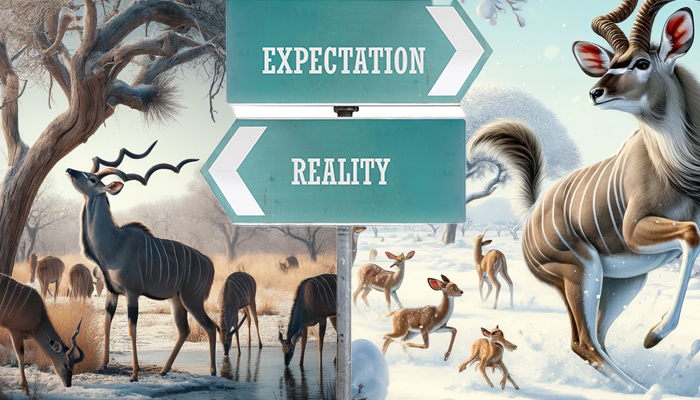
During winter, kudus are more commonly found near water sources, where vegetation is still green. Their ability to stand on their hind legs to reach higher foliage gives them an advantage in the sparse winter landscape. Kudus are also known for their impressive leaps and bounds, which they use to escape predators. Their graceful grazing and adaptability make them a captivating sight in the winter bush.
Baboon Troops: Social Survival in the Cold
Baboons are highly social animals, and their group dynamics are crucial for winter survival. They rely on each other for warmth, huddling together during the cold nights. Their thick fur provides some insulation, but their close-knit social structures are their main defense against the cold.

Winter also brings changes in their foraging patterns, with baboons often moving to lower altitudes where temperatures are milder. Their omnivorous diet helps them adapt to the changing availability of food, from fruits and seeds to insects and small mammals. Baboon troops are known for their complex hierarchies and social interactions, which help maintain order and cooperation within the group. Their social survival strategies are a testament to the strength of their communal bonds.
Vervet Monkeys: Playful Winter Warriors
Vervet monkeys may be playful, but they take winter survival seriously. These agile primates forage more aggressively during the colder months, making the most of the shorter days. They are often seen sunbathing in the morning to warm up before heading out to find food.
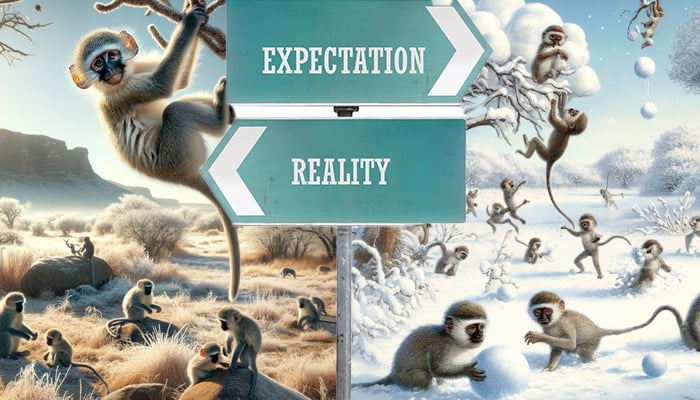
The young vervets, ever curious and energetic, learn crucial survival skills from their elders, ensuring the troop’s continued success in the wild. Vervet monkeys are highly adaptable, using their intelligence and dexterity to find food and avoid predators. Their playful nature doesn't detract from their survival skills; instead, it enhances their ability to adapt to changing conditions. These playful winter warriors show that a little fun can go a long way in the animal kingdom.



